WHAT IS GFMA?
Gastric Fundal Mucosal Ablation
Talk to us today!
GFMA (Gastric Fundal Mucosal Ablation)
The Clinical Research Team at True You Weight Loss is dedicated to advancing patient care through hypothesis-driven inquiry, rigorous studies, and peer-reviewed data. The latest innovation in bariatric endoscopy is GFMA (gastric Fundus mucosal ablation). Discover how True You Weight Loss is pioneering this technique to provide new minimally-invasive weight loss options for our patients.
What is GFMA?
GMFA is a non-surgical technique in which a gastroenterologist ablates (or burns) the mucosa (or surface layer) of the top part of the stomach (called the fundus) from the inside of the stomach using an endoscope.
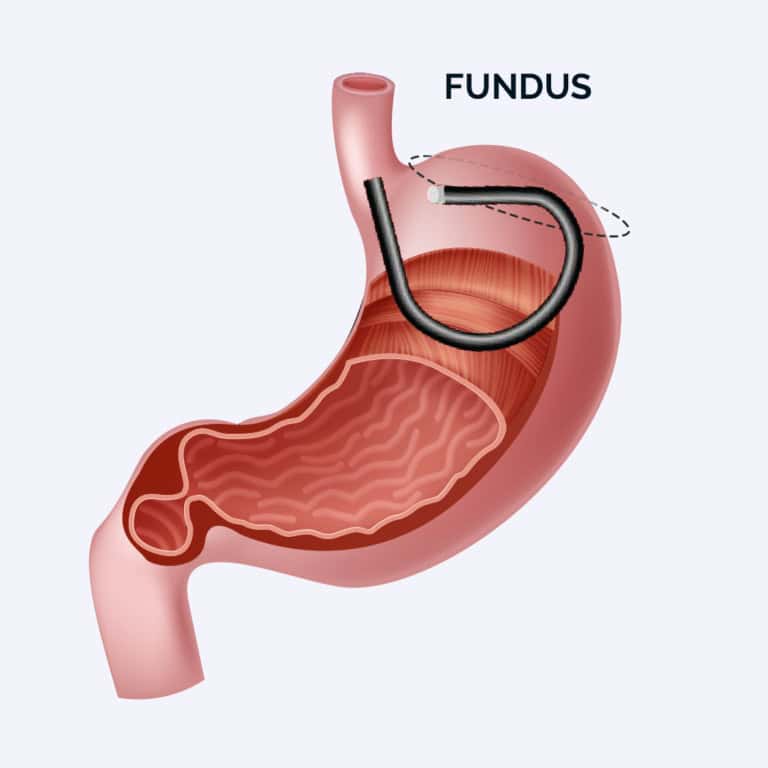
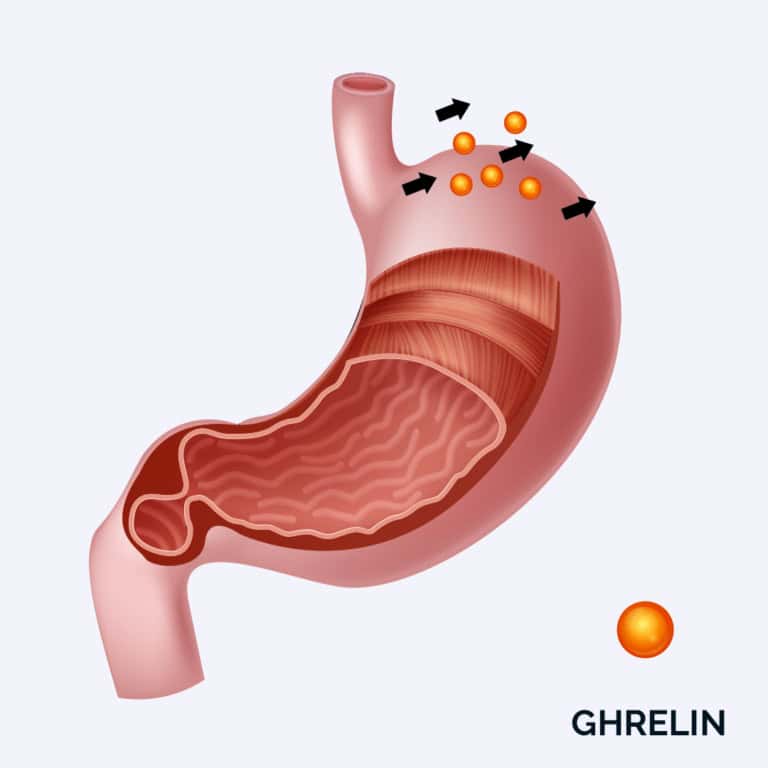
What is the role of the gastric fundus?
The fundus has two important roles in appetite. First, the mucosa (surface layer) of the fundus makes 80-90% of the body’s ghrelin. Ghrelin is our hunger hormone, and the longer it has been since we’ve eaten a meal, the more ghrelin is secreted from the fundus, causing us to become hungrier. Second, the fundus expands when we eat a meal, serving as a storage reservoir for food. As the fundus fills, it causes us to get full or satisfied from a meal, something we call satiation.
COME FIND YOURSELF AT TRUE YOU FREEDOM IS WAITING
How Is GFMA Performed?
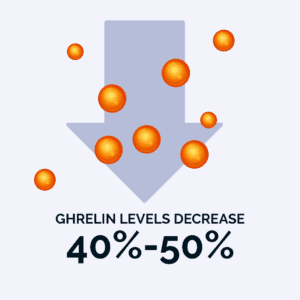
Ghrelin levels decrease
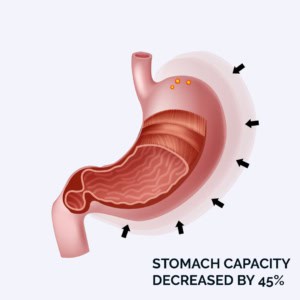
Stomach capacity decreases
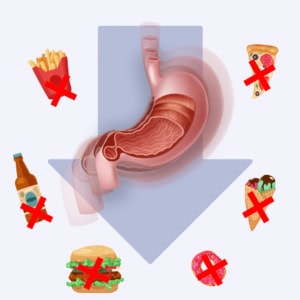
Appetite control improves
After GFMA, patients’ hunger and cravings decreased, and their confidence in their ability to resist overeating increased.
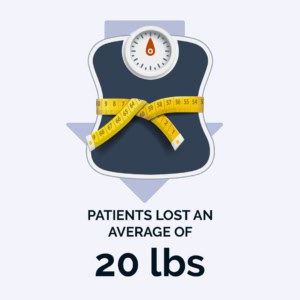
Rapid, sustainable weight loss
In the six months following GFMA, patients lost an average of 20 lbs.
Results: GMFA Shown to Reduce Hunger

Is GFMA safe?
BEGIN LIVING YOUR BEST LIFE, TODAY
If you are interested in learning more about GFMA and its role in our program, please schedule a free, virtual consultation to speak with our medical experts.
1 Arakawa R, Febres G, Cheng B, et al. Prospective study of gut hormone and metabolic changes after laparoscopic sleeve gastrectomy and Roux-en-Y gastric bypass. PLoS One 2020;15:e0236133.
2 Based on two validated questionnaires: DAILY-EATS and Weight Efficacy Lifestyle Questionnaire-Short Form (WEL-SF).
frequently asked questions
How is endoscopic sleeve gastroplasty different than a surgical sleeve gastrectomy?
The key difference is that endoscopic sleeve gastroplasty is non-surgical. There are no incisions. It is performed entirely through the mouth using an endoscopic suturing system (Endomina). This allows for a fast recovery and healing, as well as a lower rate of adverse effects. The procedure is done on a same-day, outpatient basis. While ESG reduces the size of the stomach to a similar degree as a surgical sleeve gastrectomy, it does not involve the removal of any portion of the stomach.
The aim of endoscopic sleeve gastroplasty is the same as that of surgical gastric sleeve, that is, to reduce the stomach size by 60-70%. However, ESG has some potential benefits over surgical sleeve gastrectomy:
1. ESG is safer: Sleeve gastrectomy involves cutting the stomach and stapling the ends (hence the name sleeve gastrectomy, -ectomy means removal). This can give rise to serious complications such as bleeding and leaks along the staple line. In ESG, the stomach is sutured from the inside and is not cut. Thus, the risk of major complications is very low.
2. ESG is minimally invasive: With sleeve gastrectomy, a surgeon has to make multiple cuts on the abdominal wall to access the stomach. These later become scars. ESG is an endoscopic procedure; no external cuts or incisions are needed.
3. ESG is an outpatient procedure: ESG does not require hospitalization. It can be done in an outpatient clinic and you can go home the same day. With laparoscopic or surgical gastrectomy, you would need to spend at least a day or two in the hospital.
4. ESG enables faster recovery: As ESG requires no cutting of the abdominal muscles, the recovery is fast, and you can return to work and your daily chores within 2-3 days post-procedure. With sleeve gastrectomy, you might need to rest for more than 2-3 weeks.
Is endoscopic sleeve gastroplasty an FDA-authorized procedure?
Yes! In July 2022, the Apollo ESG received FDA authorization for the treatment of adults with a body mass index (BMI) between 30 kg/m2 and 50 kg/m2. Previously, the FDA approved the Apollo Overstitch endoscopic suturing system for the non-specific indication of “tissue apposition.” But now the specific ESG procedure is FDA-authorized, based on the proven safety and efficacy results from clinical studies.
How much does endoscopic sleeve gastroplasty cost?
At True You, we believe the cost of endoscopic sleeve gastroplasty should be transparent and all-inclusive so you know exactly how much you will pay. The True You ESG features a set price of $11,995, which includes services like your initial consultation and labs, 24/7 direct physician access, unlimited medical follow-up, and one full year of one-on-one nutrition counseling.
Since ESG is not covered by insurance at this time, we also provide several financing options to help make your weight loss treatment affordable for you.
How long does the endoscopic sleeve gastroplasty procedure take?
Approximately 30-40 minutes. The procedure is performed under anesthesia in an endoscopy suite. You will recover for 1-2 hours after the procedure. You will then be discharged home.
When can I return to work after the ESG procedure?
We recommend taking 2-3 days off after the procedure, to rest and recover.
Is endoscopic sleeve gastroplasty permanent?
Once the stomach heals, it should remain in a smaller size and shape long-term. U.S. studies tell us that weight loss after endoscopic sleeve gastroplasty is maintained for up to 5 years. The key to sustaining weight loss is to adhere to the recommended diet and to maintain a regular exercise regimen. We advise that overeating can lead to weight regain and/or failure of the sleeve over time, as with any weight loss procedure.
Can I exercise or lift weights after endoscopic sleeve gastroplasty?
Yes. There are no specific lifting restrictions immediately after ESG. However, we recommend starting first with light walking, even as soon as the day of your procedure. This helps with the recovery and passage of gas. Once you are meeting your protein and fluid goals consistently, you can begin to exercise more intensely. We generally recommend avoiding very strenuous exercise for 3-4 weeks, as your caloric intake may be too low to support this at first (you may get tired). After the first month, you should be able to do any form of exercise without limitation.
Is it ok to get pregnant after endoscopic sleeve gastroplasty?
After you have healed and recovered from your procedure, it is safe to become pregnant, though we generally recommend waiting a minimum of 6 months before trying to get pregnant. We advise patients that fertility may increase after ESG, due to the metabolic improvements associated with weight loss.
What happens if I don’t lose as much weight as I want, or if my weight loss is slower than expected?
We will closely monitor your progress following the ESG procedure, to ensure that your weight loss is on track. It is very common and expected to have periods of slower weight loss during the 12-month process. If, despite optimizing your diet and exercise, you still need further assistance, we may recommend weight loss medications (pharmacotherapy). This would be provided under the guidance of your treating physician. These medications can greatly enhance your weight loss when used in conjunction with the ESG procedure.
Can the endoscopic sleeve gastroplasty procedure be repeated?
Yes. If the initial procedure is not completely successful, it can be safely repeated or tightened.


